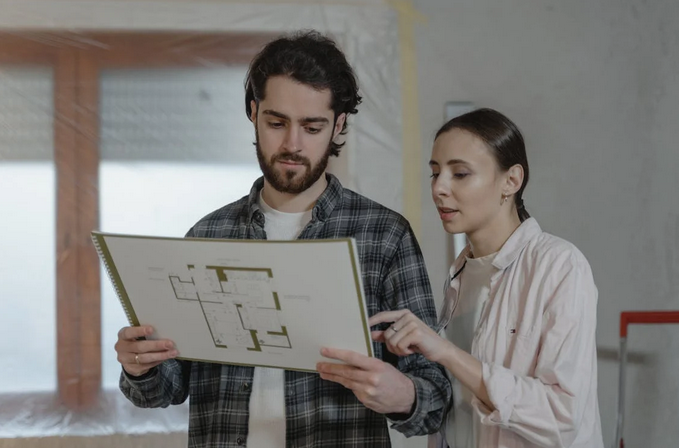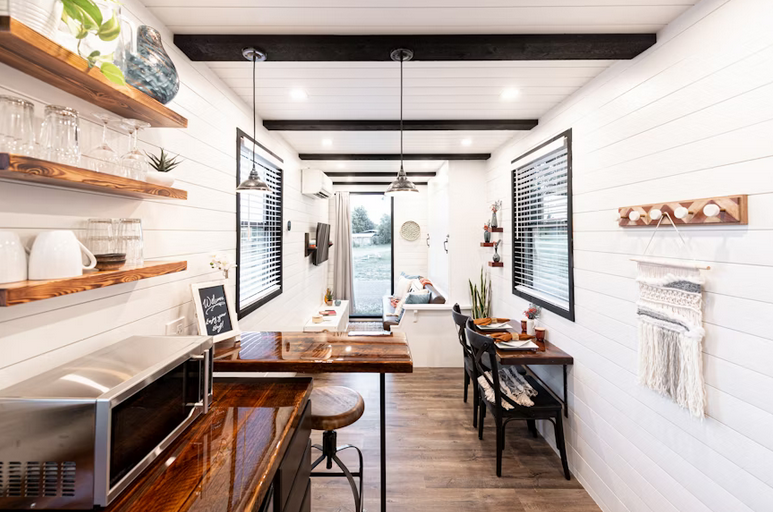When you picture your dream home, you’re probably imagining cozy corners, bright windows, and a kitchen that smells like fresh coffee. But what you don’t see—the things decided long before the first brick is laid—are what truly shape how your home feels. Pre-construction decisions may not be glamorous, but they are powerful. These invisible choices, from wiring routes to window orientation, can quietly define how you live, move, and connect within your space. Let’s dig into why the planning phase is the heartbeat of your future home.
It All Starts Before the First Nail
Before construction crews arrive and before walls go up, dozens of decisions are already setting the tone for the entire home. Layouts are finalized, infrastructure is mapped out, and systems are chosen—all of which will later affect comfort, noise levels, lighting, and even daily routines. Digital planning tools are increasingly shaping this invisible stage. As noted in https://www.wochenspiegelonline.de/news/detail/so-veraendert-die-digitalisierung-die-planung-regionaler-bauprojekte, digitalization is transforming how regional building projects are developed, making it easier to visualize, revise, and refine before mistakes become permanent. This early clarity can make the difference between a home that feels good and one that just looks good.
Flow Isn’t Just About Open Space

Everyone loves an open floor plan—until they realize there’s nowhere quiet to make a phone call. Flow isn’t about having fewer walls; it’s about moving feels natural, and that requires thoughtful planning early on. The direction doors open, where hallways lead, and how the kitchen connects to the dining space—all of these are decided in pre-construction and have a massive impact on daily life. A home with good flow doesn’t feel like a maze or a warehouse; it feels intuitive, calm, and easy to live in.
The Wiring Should Come After the Warmth
While you’re dreaming of pendant lights and surround sound, your contractor is thinking about wiring, pipe runs, and outlet placement. These invisible systems are like your home’s nervous system—if they’re planned poorly, they can be expensive and annoying to fix later. Planning the placement of power outlets, switches, plumbing access, and data connections ensures your tech and comfort needs are built right into the home, not awkwardly added on after the fact. Future you will be thankful when there’s an outlet exactly where you need it—without a tangle of extension cords.
Light, Air, and the Art of Placement Have Become Essential

Orientation matters. A lot. The way your home is positioned on a lot—and how windows, rooms, and outdoor spaces are arranged—can dramatically affect your lighting, energy efficiency, and overall mood. Natural light has a huge effect on mental well-being. Planning to capture morning sun in the kitchen or avoid harsh western light in the living room can make a home feel more alive. Similarly, proper ventilation and cross-breezes can reduce your reliance on artificial cooling, all thanks to smart early choices.
Spaces Must Be Ready for Now and Later
A well-planned home doesn’t just serve the present; it anticipates the future. Whether it’s flexible storage, extra insulation, or wiring for future tech upgrades, smart decisions made before construction allow your home to evolve with your lifestyle. Maybe that extra nook becomes a home office. Maybe a guest room turns into a nursery. By thinking long-term during pre-construction, your home can adapt without major renovations—or regrets.
The soul of a home isn’t found in the furniture or finishes—it’s built into the bones during pre-construction. Those early decisions, though often invisible, shape everything from how your home feels to how well it supports your life. So before you get swept up in tile samples and paint colors, take the time to really engage in the planning stage.